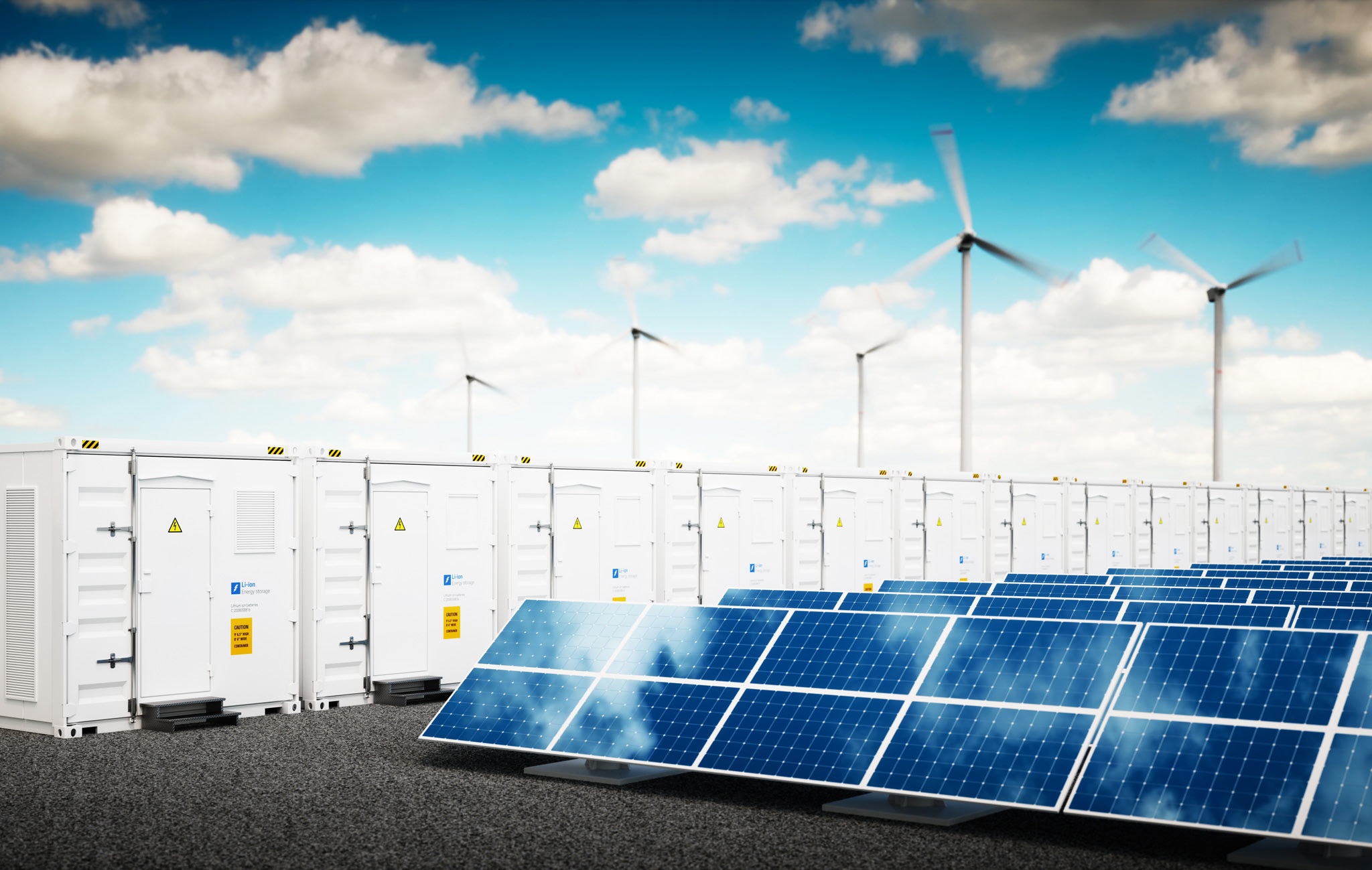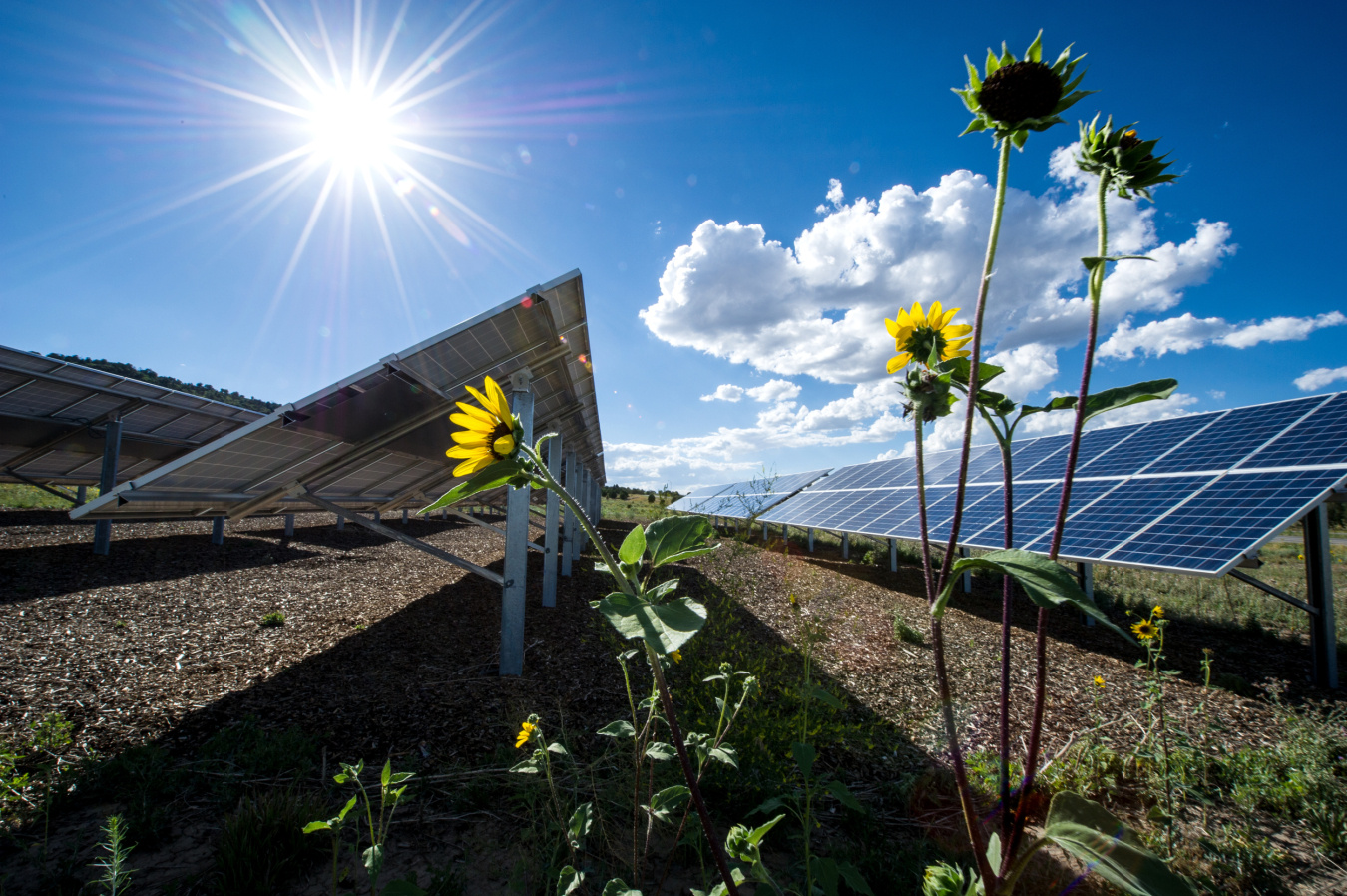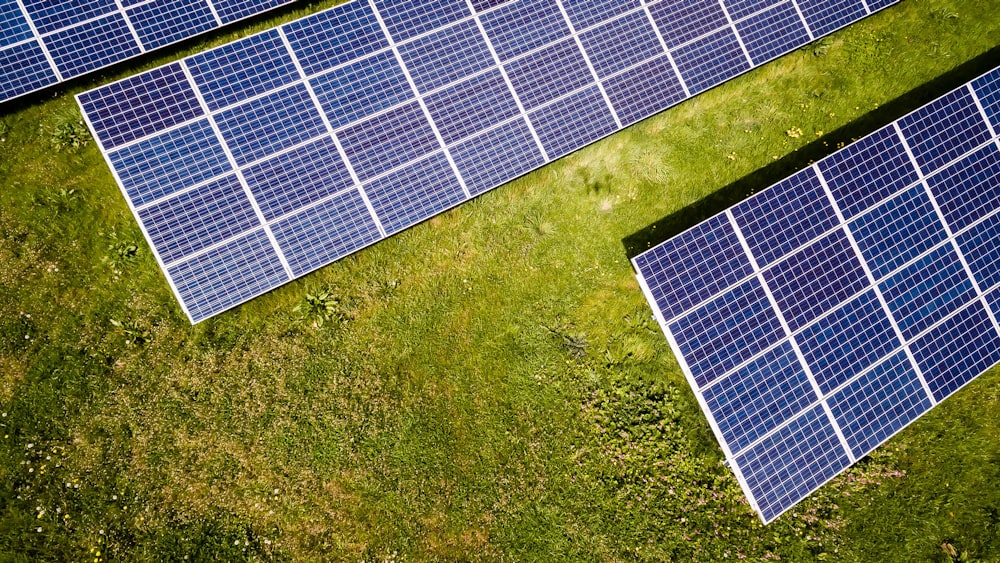Harnessing the Sun: Solar-Powered Hydrogen Production
Solar-powered hydrogen production offers a promising pathway towards sustainable energy generation, leveraging the abundant energy of the sun to produce clean hydrogen fuel. This innovative approach combines the benefits of solar energy with hydrogen production technologies, paving the way for a cleaner, greener future.
Solar Photovoltaic Systems
At the heart of solar-powered hydrogen production are solar photovoltaic (PV) systems, which convert sunlight directly into electricity through the photovoltaic effect. These systems consist of solar panels, made up of silicon solar cells, that capture sunlight and generate electricity. Solar PV technology has advanced significantly in recent years, with improvements in efficiency, durability, and cost-effectiveness, making it a viable option for large-scale renewable energy deployment.
Electrolysis: Converting Solar Electricity to Hydrogen
Electrolysis is the process of using electricity to split water molecules into hydrogen and oxygen atoms. Solar-powered electrolysis utilizes electricity generated from solar PV systems to power the electrolysis process, producing hydrogen gas without emitting greenhouse gases or pollutants. This clean, renewable hydrogen can be used as a fuel for transportation, heating, industrial processes, and electricity generation, offering a versatile and sustainable energy solution.
Types of Solar-Powered Electrolyzers
There are several types of electrolyzers used for solar-powered hydrogen production, each with its own advantages and applications. Proton exchange membrane (PEM) electrolyzers are known for their high efficiency and fast response times, making them suitable for dynamic energy demands and grid balancing. Alkaline electrolyzers are more cost-effective and scalable, making them ideal for large-scale hydrogen production projects. Solid oxide electrolyzers offer high-temperature operation and compatibility with renewable heat sources, enabling efficient hydrogen production.
Integration with Solar Farms
Solar-powered hydrogen production can be integrated with utility-scale solar farms to maximize renewable energy generation and utilization. By co-locating electrolyzer facilities with solar PV installations, excess solar electricity can be diverted to hydrogen production during periods of peak sunlight. This enables solar farms to store and dispatch renewable energy as hydrogen, providing grid stability, energy storage, and flexibility services while reducing curtailment of renewable generation.
Hydrogen Storage and Distribution
Once produced, hydrogen gas can be stored and transported for use in various applications. Hydrogen storage technologies such as compressed gas cylinders, liquid hydrogen tanks, and solid-state storage materials enable efficient storage and transportation of hydrogen. Additionally, hydrogen can be transported via pipelines, trucks, or ships to end-users, where it can be converted back into electricity, heat, or fuel as needed.
Economic Viability and Market Trends
Solar-powered hydrogen production is becoming increasingly economically viable, driven by declining costs of solar PV systems, electrolyzer technologies, and hydrogen infrastructure. Government incentives, renewable energy policies, and carbon pricing mechanisms are also driving investment in solar hydrogen projects and accelerating market growth. As economies strive to decarbonize and transition towards renewable energy sources, solar-powered hydrogen production is emerging as a key component of the energy transition.
Environmental Benefits and Climate Impact
Solar-powered hydrogen production offers significant environmental benefits compared to conventional fossil fuels. By harnessing renewable solar energy and producing clean hydrogen fuel, this technology reduces greenhouse gas emissions, air pollution, and reliance on finite resources. Solar hydrogen production contributes to climate mitigation efforts, helping to combat climate change and achieve carbon neutrality targets by displacing fossil fuels in transportation, industry, and power generation.
Research and Development Efforts
Research and development efforts are ongoing to further improve the efficiency, cost-effectiveness, and scalability of solar-powered hydrogen production technologies. Advances in materials science, catalyst development, system integration, and process optimization are driving innovation in solar PV systems, electrolyzers, and hydrogen storage solutions. Collaborative research initiatives, public-private partnerships, and technology demonstrations are accelerating the commercialization and deployment of solar hydrogen technologies worldwide.
A Sustainable Energy Future
In conclusion, solar-powered hydrogen production holds immense promise as a sustainable energy solution, offering clean, renewable hydrogen fuel derived from the abundant energy of the sun. By harnessing solar energy to produce hydrogen, we can reduce greenhouse gas emissions, promote energy independence, and create a more sustainable and resilient energy future for generations to come.
Remember, to learn more about hydrogen production from solar energy, visit ITCertsWin.


























